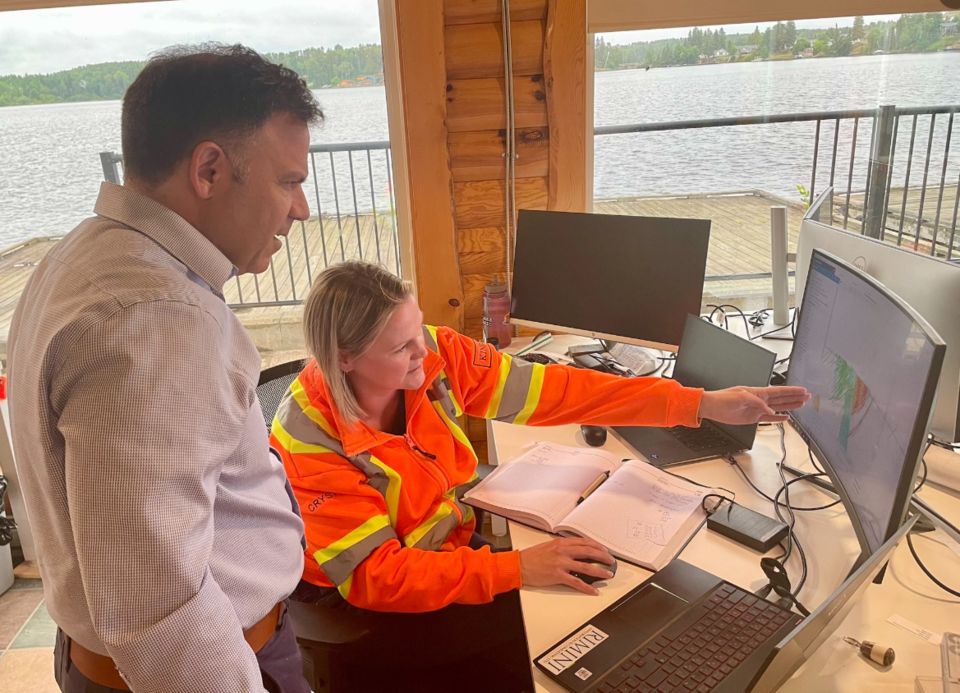Kinross Gold is laying the groundwork for an underground mine with its Great Bear project at Red Lake.
Construction of an exploration decline is in the works for next year to move the drill rigs underground and chase high-grade gold at depth, according to its 2024 second quarter results released July 31.
Down the road, Kinross wants to start production at Great Bear in 2029.
Prep work for the decline begins in the second half of this year once all the permitting, engineering and procurement is done. Breaking ground on the advanced exploration decline — known as the AEX program — starts in mid-2025.
Underground drilling to expand the gold resources in its Main Zone deposit and make more discoveries is expected to continue well past 2027.
Located 23 kilometres southeast of Red Lake, mineralization at Great Bear has been showing up across the entire 9,140-hectare property. Kinross said the consistent high-grade results they’ve been seeing supports their view that Great Bear can be a long-life mine complex.
Deep drilling has been showing gold extensions at depth across multiple zones, beyond what Kinross has already mapped.
Kinross bought the highly prized property from junior miner Great Bear Resources in 2021, the latter having acquired it from Newmont in 2018. Previously known as the Dixie Project, Great Bear posted some glittering high-grade results in an area of the Red Lake mining camp that had seen little exploration.
Great Bear Resources devoted considerable time and money to drilling, but a mineral resources estimate was never published until Kinross posted one in 2023, showing an initial resources of 2.7 million ounces of indicated gold and 2.3 million ounces in the inferred category.
The gold count show is expected to dramatically increase when Kinross puts out an updated estimate in September. At the same time, Kinross will publish a preliminary economic assessment (PEA), a study showing what a mine could look like.
The PEA will shed some light on the production scale, along with the construction and operating price tags for an open pit and underground mine.
In the early days of exploration, Great Bear was shaping up to be a three-pit operation mined over a 20-year period since gold was discovered near the surface. But in true Red Lake fashion, high-grade mineralization runs more than a kilometre deep.
Last week, Kinross made note of its deepest drill hole at Great Bear, down to 1,575 metres, with the drill core assay revealing 9.52 grams per tonne over 3.8 metres.
In a July 31 conference call with analysts, CEO Paul Rollinson said the PEA will shed light on the initial proposed pit operation with some preliminaries on what the underground portion will look like.
“Given the depth of the mineralization, the long-term potential of the resource will need to be drilled off from underground as we progress development ahead of mining,” he said. The deep drilling results show good continuity of high-grade gold “indicating the potential for significant resource growth over time.”
The federal permitting process for the Main Zone, the starting point for mining, is now underway.
Kinross hopes to snag all its permits in 2027 just prior to the kickoff of mine construction. The Impact Assessment Agency is expected to start its review in mid-2025 once Kinross files a project impact statement. The federal review process is expected to take a year.




